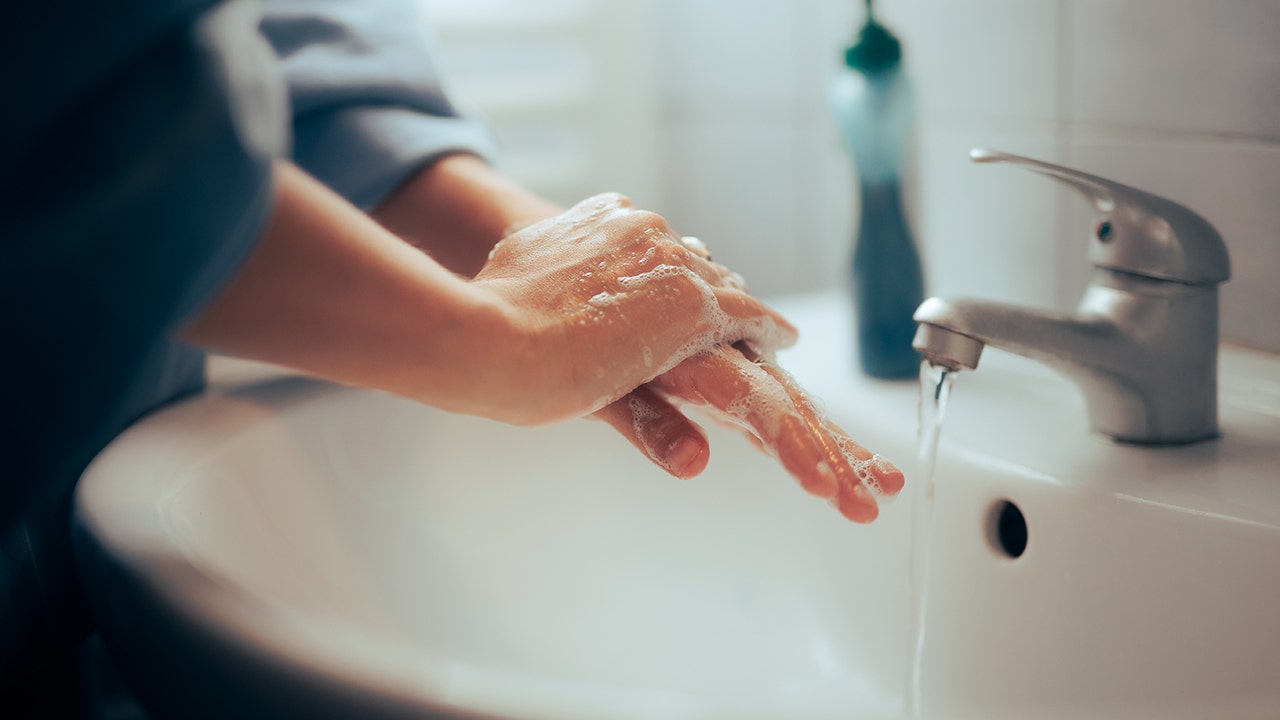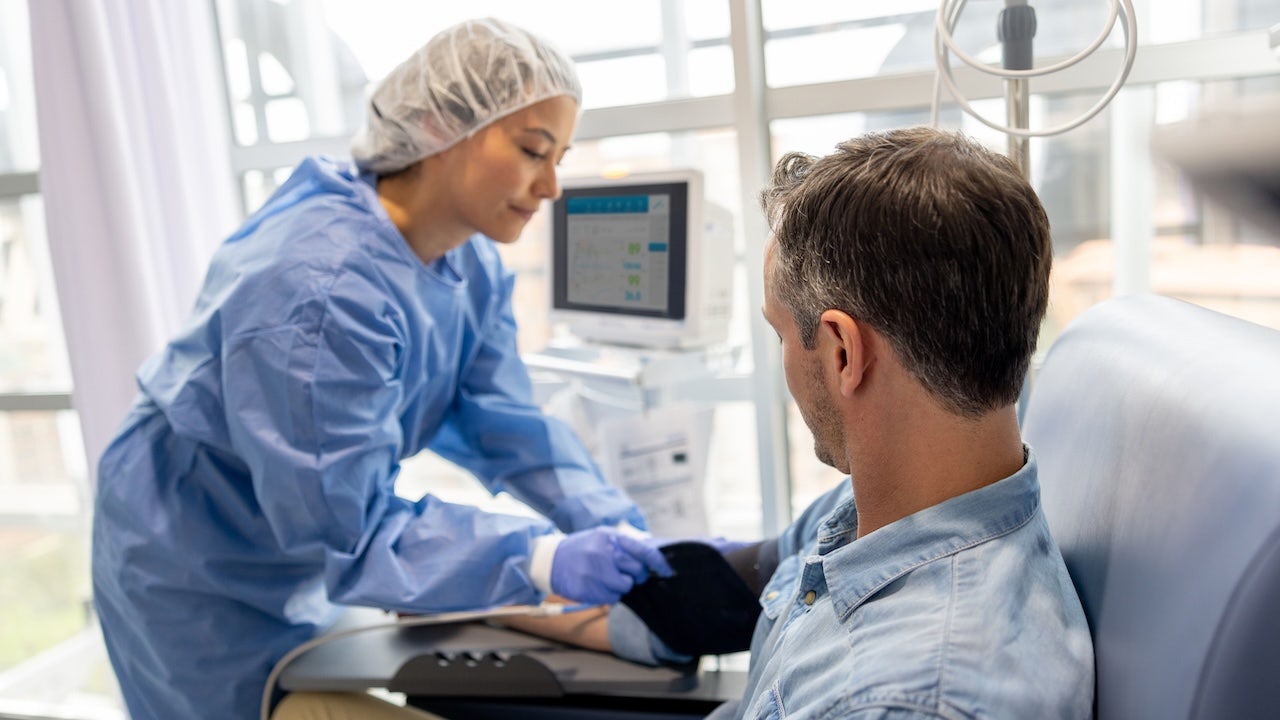Proper handwashing could save a million lives yearly, but many do it wrong

Proper handwashing is a simple yet crucial practice that can save millions of lives each year, according to experts. However, many people are still not washing their hands correctly, leading to the spread of infectious diseases. The NFID 2025 State of Handwashing Report, released by the National Foundation for Infectious Diseases, sheds light on Americans’ handwashing habits and common mistakes.
One common misconception is that using hand sanitizer alone is enough to kill all germs. While hand sanitizer is effective against some viruses, it may not be sufficient for others, such as norovirus. This highly contagious stomach virus can only be destroyed with soap and water. Additionally, some viruses have an outer coat that is resistant to the alcohol in hand sanitizer, making handwashing with soap and water the more effective option.
Another mistake people make is only coughing or sneezing into their sleeve. While this practice can help reduce the spread of germs, it’s important to follow up with proper handwashing. Germs can still linger on clothing and be transferred to hands when touched, leading to potential infections when hands come into contact with the face.
The NFID report also highlighted the seasonal variance in handwashing habits, with more people washing their hands frequently during the fall and winter months when cold and flu are prevalent. However, it’s essential to maintain proper hand hygiene year-round to prevent the spread of other infectious diseases.
Furthermore, the report revealed that many adults do not wash their hands at critical times, such as after sneezing or coughing. While most people wash their hands after using the bathroom or handling food, there is a significant portion who forget or choose not to wash their hands after visiting public places like grocery stores, restaurants, or healthcare facilities.
Dr. Robert Hopkins Jr., the medical director of NFID, emphasized the importance of reinforcing the practice of handwashing. He noted that public health campaigns have primarily focused on healthcare settings, but it’s essential to bring this practice back into everyday life. If everyone washed their hands consistently and correctly, it could potentially save around a million lives annually.
In conclusion, proper handwashing is a simple yet powerful tool in preventing the spread of infectious diseases. By washing hands with soap and water for at least 20 seconds and at critical times, individuals can significantly reduce the risk of infections. It’s crucial to educate the public on the importance of hand hygiene and encourage consistent handwashing practices to protect both individual and public health.




